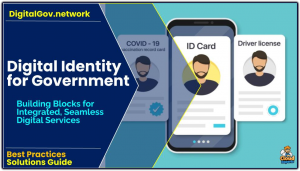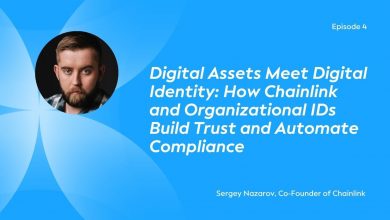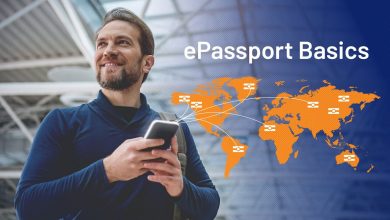MyGovID – Ireland’s National Digital Identity Service
MyGovID provides a secure and streamlined way for citizens to access a wide range of online government services through a single account.
 MyGovID is Ireland’s national digital identity service, launched in 2017, designed to provide a secure, convenient, and centralized way for citizens to access online government services.
MyGovID is Ireland’s national digital identity service, launched in 2017, designed to provide a secure, convenient, and centralized way for citizens to access online government services.
It is a key component of Ireland’s Digital Government strategy under the Harnessing Digital – The Digital Ireland Framework, aiming to simplify interactions with public services, enhance security, and align with the EU’s Digital Decade goals.
MyGovID is Ireland’s national digital identity service, managed by the Department of Social Protection, designed to provide a secure and streamlined way for citizens to access a wide range of online government services through a single account.
It simplifies interactions with public services by offering a single sign-on system, allowing users to log in to over 140 services, such as tax management through Revenue, social welfare applications via MyWelfare, driver’s license processes, and student grant applications, without needing multiple usernames and passwords.
This centralized platform prioritizes user privacy and security, aligning with Ireland’s digital transformation goals and adhering to GDPR and the EU’s eIDAS framework for cross-border digital identity recognition.
Verification Services
The service offers two types of accounts to cater to different needs. A basic account, which requires only an email address, allows limited access to services like booking appointments for a Personal Public Service (PPS) Number or Public Services Card (PSC).
In contrast, a verified account provides full access to all MyGovID services and requires more robust identity verification, including a valid Irish passport, proof of address (such as a utility bill from the last six months), and a PPS Number. Users must be at least 16 years old and reside on the island of Ireland to qualify for a verified account, which is linked to a PSC issued after successful verification.
The MyGovID app, available on the Apple App Store and Google Play, enhances the verification process by allowing users to confirm their identity via smartphone.
Using Near Field Communication (NFC), the app reads passport data, performs a liveness check by comparing a selfie to the passport photo, and processes biometric data to prevent fraud. This data is processed securely and not stored on the device after verification.
The app requires a front-facing camera and an app store account set to Ireland. Setting up a verified account involves logging into the app with a basic account, providing a PPS Number, scanning a passport, submitting a selfie, and uploading proof of address. The application is reviewed within about 10 working days, after which users receive a PSC by mail if approved or may need to visit an Intreo Centre if further verification is required.
Hybrid Cloud Architecture
MyGovID’s hybrid cloud-based architecture balances scalability with stringent data security, ensuring personal information remains protected. Users must consent to data sharing with service providers, maintaining transparency and compliance with privacy standards.
As of early data, the service has over 740,000 accounts and has facilitated 4 million logins, supporting critical services across five organizations, with 18 more in the process of integration.
However, limitations exist: users must reside in Ireland with a valid address, and a verified account requires an Irish passport (passport cards are not accepted). Some users may also encounter issues with phone number verification due to network provider blocks or device settings, such as iMessage on iPhones.
By providing a secure and efficient way to access government services, MyGovID has become a cornerstone of Ireland’s public service ICT strategy. It empowers citizens to engage with government processes seamlessly while maintaining high standards of security and privacy.




